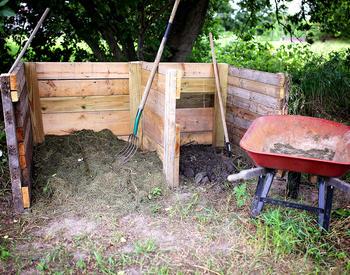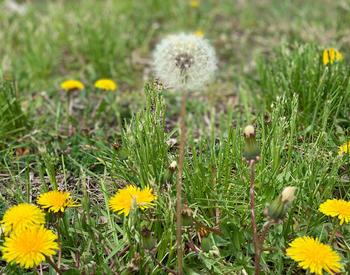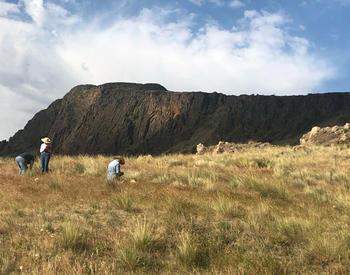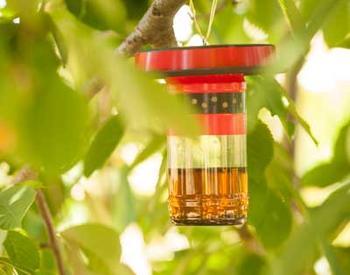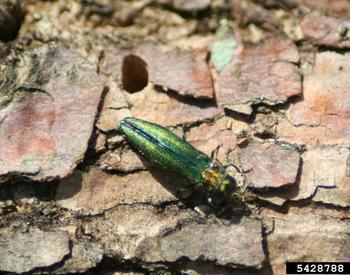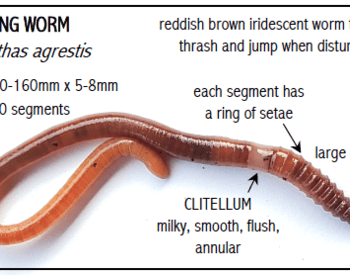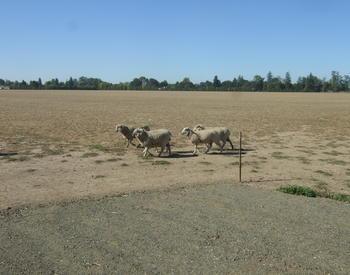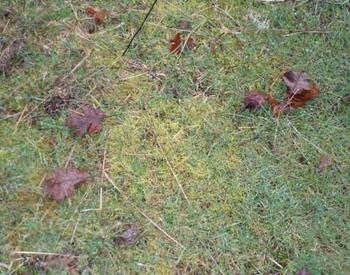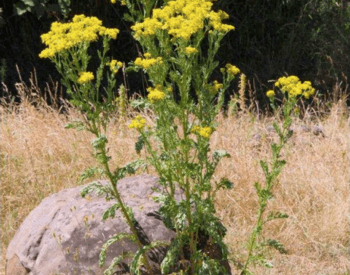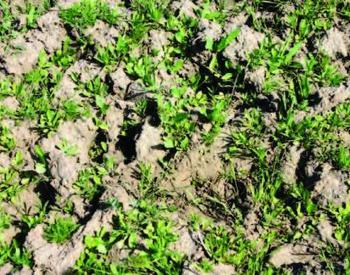CORVALLIS, Ore. – Some invasive and unwelcome plant pests are easy to spot. Himalayan blackberry and Scotch broom are both flagrantly present throughout large areas of the Pacific Northwest.
By contrast, it’s difficult to imagine at first glance that false brome (Brachypodium sylvaticum) could cause the harm it’s already begun to visit on parts of Oregon. A slender bunch grass that grows to 18 inches to two feet tall, it’s a perennial that stays green into the fall and even through the winter in milder years. Its leaves and seed heads tend to nod and droop gracefully rather than stand stiffly upright.
This innocent-looking invasive grass is native to North Africa and Europe. It was first discovered in Oregon near Eugene in 1939 but didn’t become a problem until the 1990's. Now some researchers estimate that it has taken over at least 10,000 acres in Oregon, mainly in Linn and Benton counties. It is known to be as far south as Josephine County, just north of the California border and has recently been found in the San Francisco Bay Area. Oregon is the first state to list false brome as a noxious weed.
At first glance, false brome looks to a layperson like most other grasses. But with a little practice, you can begin to spot it. One clue is that it stays green longer into the fall and even into winter. To be sure, pick a leaf and hold it up to the light. If there’s fine fuzz growing along the edges of the leaf, it’s likely to be false brome.
“The problem is that once a few large clumps become established in an area, they gradually spread and can eventually form a solid mass that overwhelms native vegetation,” explained Brad Withrow-Robinson, forester with the Oregon State University Extension Service. “False brome can just take over a woodland, and as it displaces the native plants, you lose a lot of the diversity that gives a place much of its aesthetic charm and its ecological vitality.”
Unlike most grasses, false brome grows in shade as well as sun. Dense stands have been found growing in mature forests with a closed canopy. It thrives at elevations from 200 to 3,500 feet and in moist or dry conditions.
Unpalatable for grazing, it quickly reduces the productivity of rangeland and eliminates wildlife forage. Even tree plantings are harmed by infestations of false brome, which can out-compete seedlings for moisture.
Digging or pulling the plants can effectively control small, newly established populations of false brome. This works best when the soil is moist. It is a perennial plant and seems to come back if many roots are left behind, but especially from recently formed seed, said Withrow-Robinson.
For larger populations of false brome, an option is to spray it with an herbicide containing glyphosate, he said.
“The best time to spray it is in the late spring or early summer, when it’s growing vigorously but has not yet set seed,” said Withrow-Robinson. “But as long as it’s green and the temperature is above about 60 degrees Fahrenheit, glyphosate with probably kill it. It just may take more time.”
The most critical strategy is to prevent seeds. So whatever control you choose, follow-through is very important. Plan to go back and clean up a problem area for each of several seasons in order to exhaust the seeds and small plants that are probably there. Doing this follow-through before seed-set in early summer is key.
For photographs and more information about how to identify false brome, visit the False Brome Working Group’s website.
The False Brome Working Group is a partnership of the OSU College of Forestry, including the OSU Extension Service, the USDA Forest Service, USDI Bureau of Land Management, Oregon, Department of Agriculture, US Army Corps of Engineers, Institute for Applied Ecology, Starker Forests Inc., The Nature Conservancy and the Native Plant Society of Oregon.


